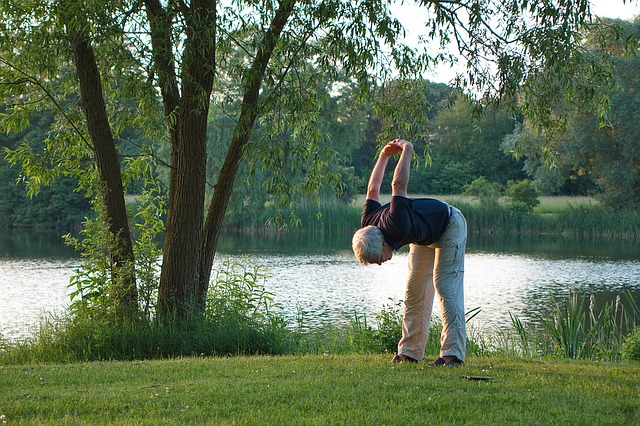 Senior Mobility – Important Reminders from Vive Health
Senior Mobility – Important Reminders from Vive Health
Experiencing problems with your own mobility? You’re not alone. The United States Census Bureau reports that of the almost 16 million seniors who have a disability, a whopping two thirds of them report theirs is specifically linked to issues with mobility – either walking or climbing. Senior mobility is a big issue.
As you age, difficulties with mobility may present themselves in a variety of ways including:
- Fatigue and lack of endurance when walking
- Frequent falls
- Trouble standing for more than 10 minutes at a time
- Pain or discomfort when walking or climbing stairs
- Problems with balance and coordination
If you are one of those seniors who struggles with mobility strain and discomfort, talk to your healthcare provider about treatment and keep these important mobility reminders in mind:
Keep Moving: The dangerous cycle of experiencing mobility problems is that they increase stress and anxiety about staying active and exercising, which are vital practices themselves to maintaining mobility. Fear of falling or injuring oneself might prevent people with senior mobility problems from exercising regularly, or improper attempts at staying active without mobility assistance can result in extreme fatigue and discomfort.
Even if you have trouble walking or climbing stairs, there are loads of exercises and fitness practices that can benefit your health and mobility. Yoga, which can be done sitting in or bracing yourself against a chair, helps strengthen bones and promotes balance and coordination. Low-impact swimming gives you a weightless environment to exercise, building stronger muscles and fighting heart disease. And light weight-lifting with a trainer or physical therapist can enhance muscle tone, boost blood circulation, and combat bone loss.
Find the Right Assistance: Depending on the root cause of your senior mobility problems, an assistive device or mobility aid can be the key to keeping you moving and helping you remain independent. Have a conversation with your healthcare provider about the right device, tool or technology that will assist you in completing everyday tasks with ease, power and support your movements, and boost your endurance. Mobility aids can include:
- Crutches
- Canes
- Knee Scooters
- Walkers
- Wheelchairs
- Motorized Scooters
- Chair and/or Bath Lifts
Canes and walkers can provide additional support to keep you walking as long as possible, while newer aids like a knee scooter rental provide more stable, flexible assistance to seniors recovering from an injury or surgery. Wheelchairs and scooters give seniors the ability to maintain an active lifestyle of getting out and interacting with others for longer periods of time, while chair and bath lifts assist with getting up and down stairs and in and out of trickier environments like bath tub showers.
Focus on Nutrition: How can diet and lifestyle affect senior mobility? Your weight, health and wellness are all key factors in keeping you active and mobile as you age. A healthy diet rich in vegetables, fruits, and whole grains (and low in sugar and sodium) can prevent obesity, hypertension, and diabetes – diseases that negatively affect your ability to remain active and mobile.
Incorporating important vitamins and minerals into your diet, like calcium, reduces your risk of bone loss and osteoporosis. And staying hydrated with water throughout the day bolsters blood circulation, mental acuity, and a healthy blood pressure – all which give you energy and clarity for effective day to day functioning.
With the right tips, tools and motivation, remaining mobile and active as you age doesn’t have to be the daunting challenge it seems like. From routine exercise to thoughtful diet modifications to finding the right aids, small, manageable steps are the most effective approach to powering enduring mobility in seniors.
